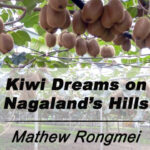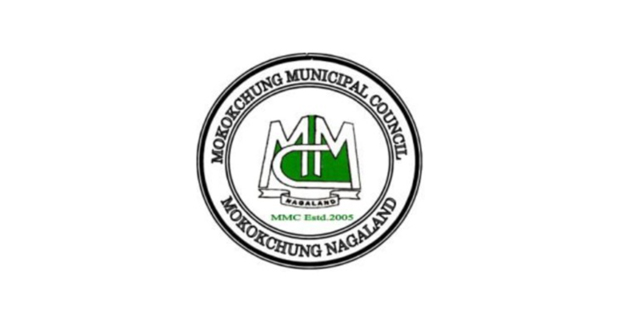According to the Gender Statistics Report 2023 released by Directorate of Statistics and Economics, Nagaland witnessed a total of 80,813 births in 2022, showcasing a balanced gender distribution. Out of these, 40,798 were male births, accounting for 50.48%, while 40,015 were female births, representing 49.51% of the total births.
Dimapur District emerged with the highest number of births, indicating a significant demographic contribution, with 13,535 male births and 13,680 female births. According to the report, this emphasizes the district’s “significant demographic contribution.”
Mokokchung District recorded 1211 male and 1243 female births, totaling to 2,454 in 2022. In 2021, Mokokchung recorded 2383 births, and 2492 in 2020 where in all three consecutive years, female births were higher than male.
However, the gender balance shifts to a different case when it comes to deaths recorded. The report revealed 2,737 male deaths and 1,073 female deaths during the same period, highlighting a stark discrepancy. The recorded male deaths constituted nearly 72% of the total deaths in 2022.
A notable trend identified in the report is the concentration of childbirths within the age groups of 20-24, 25-29, and 30-34, both in rural and urban settings. The report stresses the significance of tailoring maternal and child health policies to address the specific needs of individuals within these prime reproductive years.
Regarding institutional delivery, the report reveals a significant gap between rural and urban areas, with only 4.97% of births in rural areas compared to 20.85% in urban areas attended by skilled health professionals.
In 2022, Dimapur district recorded the highest antenatal care coverage at 260%. Antenatal care is crucial during pregnancy to ensure optimal health for both the pregnant woman and her fetus.
Dimapur was followed by Kohima at 136% and Mon at 96%. Conversely, Wokha (35%), Zunheboto (46%), and Mokokchung (51%) reported lower levels of antenatal care coverage. “These variations highlight the need for targeted interventions to improve antenatal care accessibility and utilization, especially in districts with lower coverage,” the report said.
Regarding Family Planning & Contraceptive Prevalence in 2022-23, a total of 7681 married or in union in the aged group 15-49 utilized contraceptives. Kohima, Mon and Dimapur districts reported the highest percentages of contraceptive users with rates of 26.24% 13.51% and 9.58% respectively. This data, according to the report, underscores regional variations in contraceptive utilization emphasizing the need for targeted efforts to enhance access and awareness in different districts.
According to the National Family Health Survey 2019-20 (NFHS-5), Nagaland’s sex ratio stands at 1007 females per 1000 males, while the Child Sex Ratio is reported at 945. Additionally, the Infant Mortality Rate (IMR) and under-5 mortality rate (U5MR) are recorded at 23.4 and 33, respectively.



